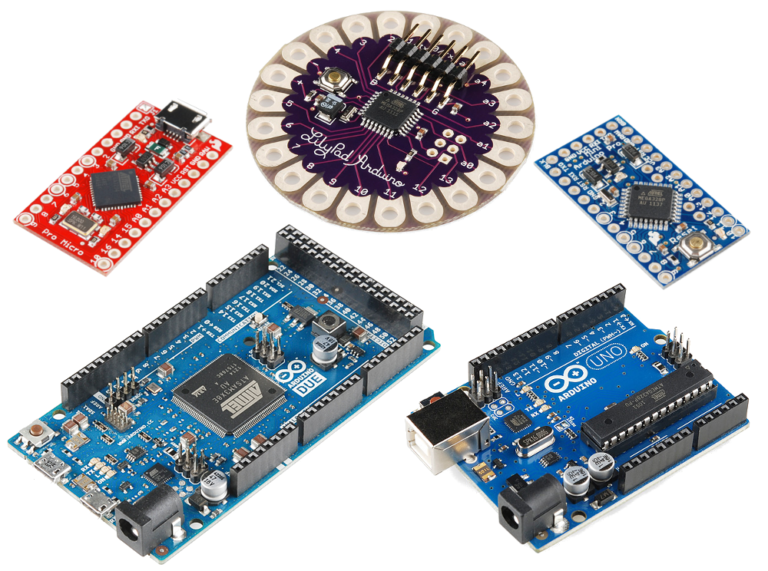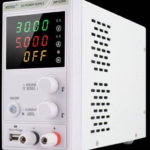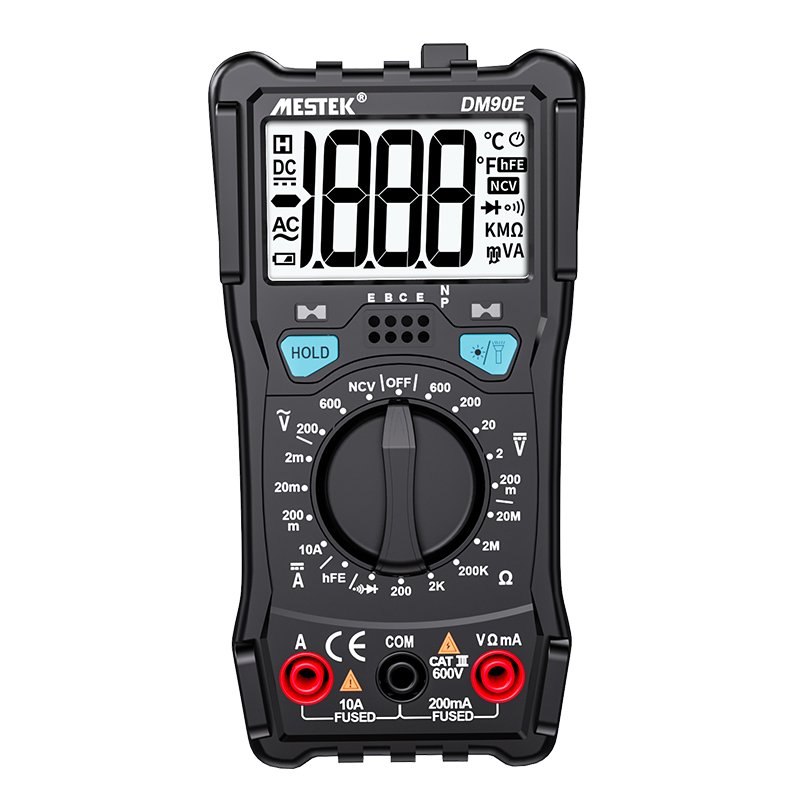USB Male To Female To Micro USB To Type-C Adapter Board
₦ 2,000
Fast Shipping
Technical Support
Experienced technical support
Nationwide Delivery
To all 36 States
Description
A “USB Male to Female to Micro USB to Type-C Adapter Board” is a versatile, multi-interface circuit board used primarily by DIY electronics enthusiasts and for testing applications. It provides easy access to the power and data lines of various USB formats.
It is a simple interface converter. It includes 4P terminal Micro USB female, Type-C USB female, Type A USB male and Type A USB female. It can realize the mutual conversion between these five interfaces. It can be used as a voltage interface converter or as a data interface converter.
Features:
- 1. Stable
- 2. interfaces
- 3. Small size
Parameters:
- 1. Product Name: Interface Converter
- 2. Product number: USB4
- 3. Working voltage: DC 5V
- 4. Operating temperature range: -20C^ 85″C
- 5. Working humidity range: 0% -95%RH
What it does:
The board acts as an interface converter, allowing you to bridge connections between different USB types without soldering directly to fragile connectors. A single board typically includes several connection options:
- USB-A male: Plugs into a standard computer or wall charger.
- USB-A female: Accepts a standard USB-A cable.
- Micro-USB female: Connects to older phones or devices.
- USB Type-C female: Connects to modern devices, like the Raspberry Pi 4.
- 4-pin 2.54mm terminal: Features labeled VCC, D-, D+, and GND pins, allowing you to solder on your own wires or connect to a breadboard.
Applications:
- DIY projects: For hobbyists and developers, the board simplifies testing and prototyping with different USB interfaces.
- Data and power conversion: It can be used to convert both the voltage and data signals between the different USB standards.
- Charging devices: You can use the adapter to charge devices with a modern USB-C port using an older Micro-USB cable.
- Legacy device compatibility: It is useful for making older devices with a Micro-USB port compatible with newer accessories that use a USB-C cable.
How to use it:
- Plug-and-play: For basic connections, you can simply plug a USB cable into the appropriate port on the board. For example, to convert a Micro-USB cable to Type-C, you would plug your cable into the Micro-USB female port and connect to your device via the Type-C female port.
- Breadboard integration: For more advanced applications, you can use the labeled 4-pin terminals to connect the board to a breadboard or other electronic components. This allows for experimentation and modification of the USB’s power and data lines.
Reviews (0)
Only logged in customers who have purchased this product may leave a review.
Shopping cart
Sign in
No account yet?
Create an Account
USB Male To Female To Micro USB To Type-C Adapter Board
₦ 2,000
USB Male To Female To Micro USB To Type-C Adapter Board is ready to ship 🇳🇬
We are here to help with tech support or orders
Open chat












 Power supply
Power supply







Reviews
Clear filtersThere are no reviews yet.